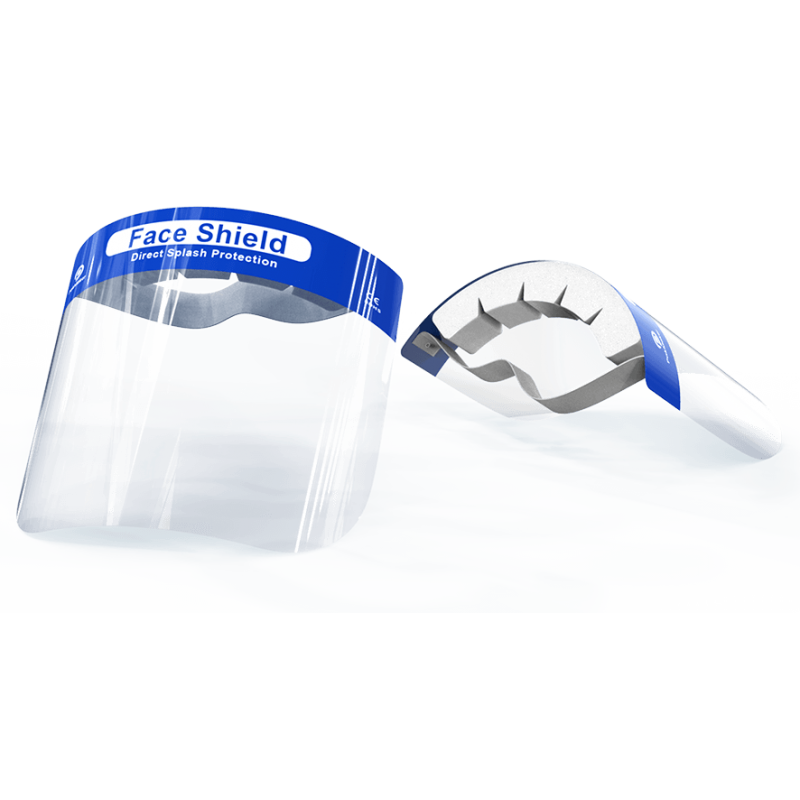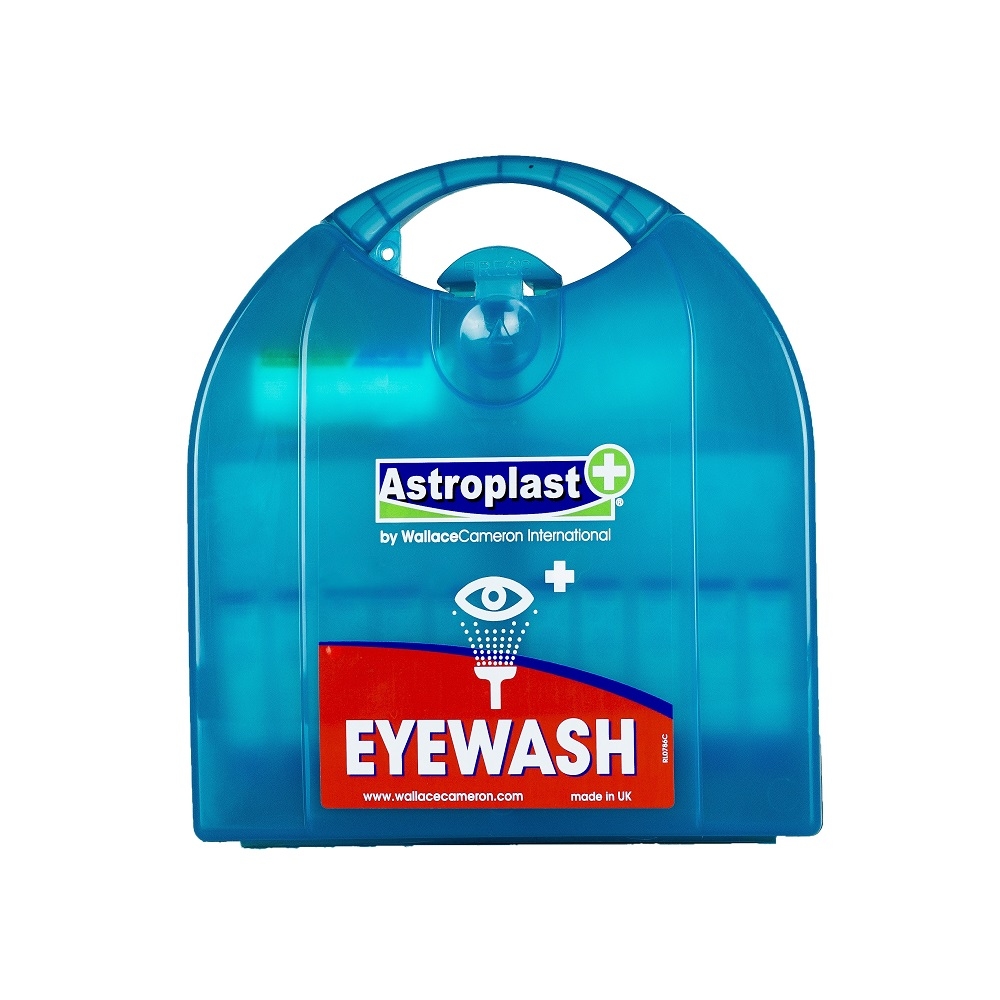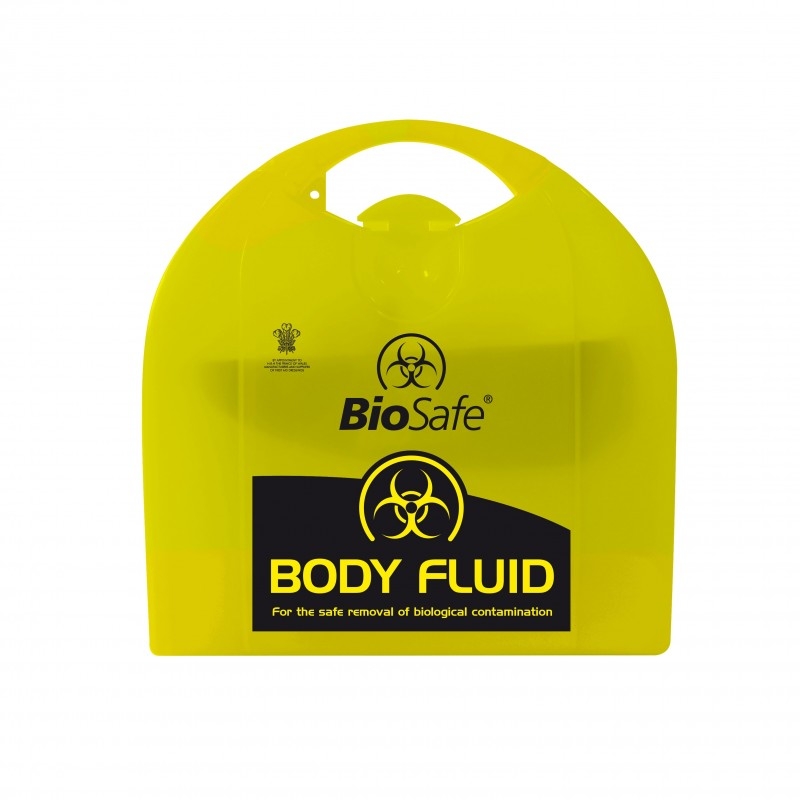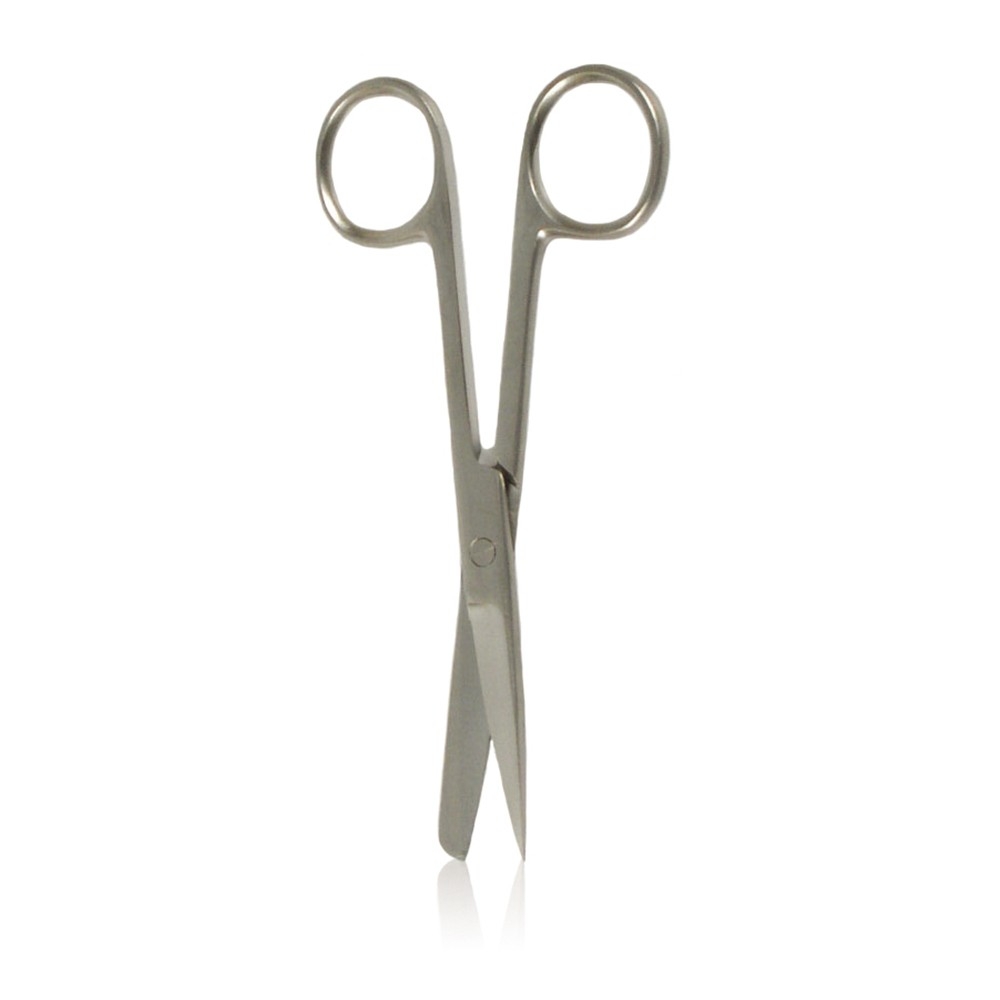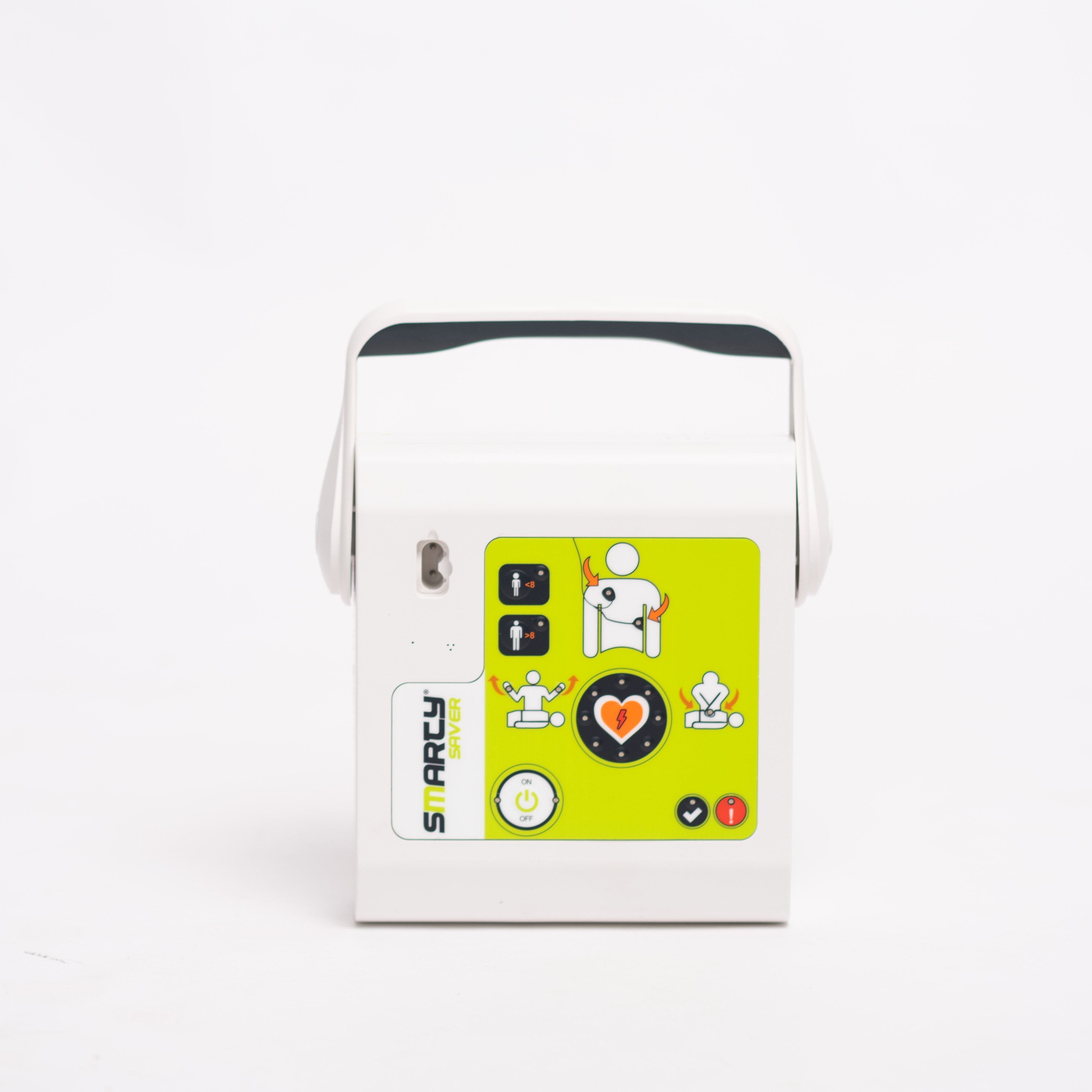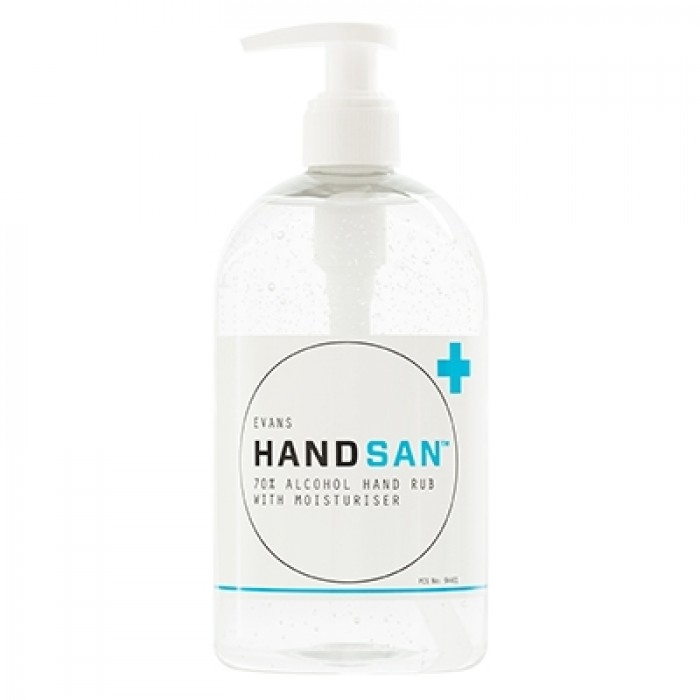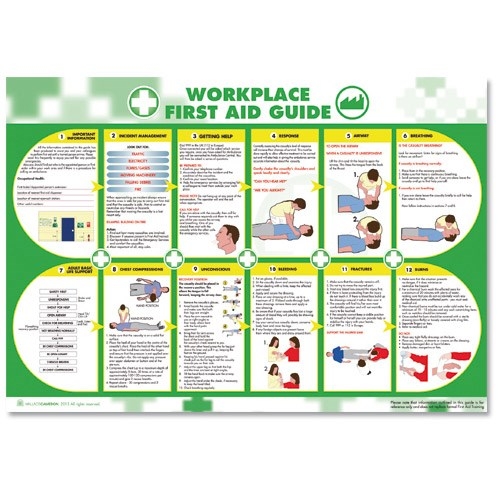
A guide to HSE Compliance and what your workplace first aid kit needs
29th January 2020
HSE (Health and Safety Executive) guidelines state that employers are required to ensure their employees receive immediate help when taken ill or injured at work.
The regulator has revealed that 581,000 workers in Britain sustained a non-fatal injury in the workplace during 2018/19. Of these incidents, 29% were a result of slips, trips or falls on level ground. Injuries relating to handling, lifting or carrying accounted for 20%.
The legal requirement set out by HSE, that employers have the responsibility to protect workers and others from risk to their health and safety, should not be taken lightly. Requirements have been established not just for every workplace, but to those who are self-employed too. Failing to meet first aid at work regulations may result in a penalty.
Employers must have the following:
- A suitably stocked first aid kit
- An appointed person or people to take charge of first aid arrangements
- Information for all employees telling them about first aid arrangements
What needs to be in a workplace first aid kit?

To get an idea of the first aid kit your workplace needs, you must begin by assessing your first aid requirements. Consider the risks prevalent in your environment, the size of your workforce, and the history of accidents in your business.
Business owners themselves are best placed to carry out this assessment, and the contents of a first aid kit must ultimately be based on the findings. For example, if the nature of your work is office-based, then a simple first aid kit will likely fit the bill. If, however, staff carry out manual tasks using high-risk industrial tools and machinery, then you may need to acquire the likes of critical injury packs and burns first aid kits.
Find out more about the different types of first aid kit and the items they contain here. When sourcing first aid kits, be sure to look for the latest BSI Standard (BS 8599-1). While the standard is not a legal requirement, it is a good marker for identifying the essential items you need.
Going forward, it’s important that you regularly check your first aid kit. This is crucial not just for keeping an eye on stock levels, but also for monitoring the expiry dates on sterile items and checking that non-sterile items are still fit for purpose.
First aid training
Should you require training, it’s important to note that employers are responsible for checking that those who train their employees are competent. The HSE states that there are no hard and fast rules when it comes to the number of first aiders required in a workplace, adding that it very much depends on the nature of the workplace and its location.
When it comes to providing staff with first aid guidelines and knowledge on procedures, it’s beneficial to display a first aid poster.
First aid for homeworkers
Those who carry out desk-based work from home are unlikely to require anything more than a basic first aid kit. Being self-employed means you are responsible for your own first aid provision. However, if you are based in a shared workspace, you can make joint arrangements with the co-occupiers by written agreement; establishing one employer as responsible for the first aid of all workers on the site.
At First Aid Warehouse, we stock a range of first aid kits of all sizes. You’ll also find first aid refill packs that are ideal for ensuring you’re regularly replenishing the items you need. We also offer discounts on bulk and repeat orders. Contact us for details.


